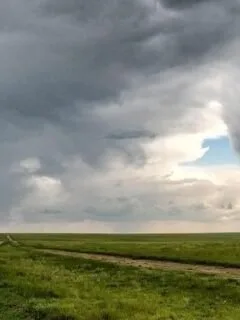Your Brain Actually Gets Bigger During Sleep Your Brain Actually Gets Bigger During Sleep (image credits: unsplash) Recent neuroimaging studies have revealed something absolutely mind-blowing about what happens to your brain when you sleep. Research published in the journal Science in 2013 showed that brain cells literally shrink by up to 60% during sleep, creating …
The Neurobiological Foundation of Speaking Fear The Neurobiological Foundation of Speaking Fear (image credits: unsplash) Deep within our brains, the ancient fight-or-flight response still governs how we react to perceived threats, and for many people, standing before an audience triggers this primitive alarm system. Recent neuroscience research from Stanford University shows that the amygdala, our …
Colombia’s Dramatic Safety Transformation Colombia’s Dramatic Safety Transformation (image credits: flickr) Think Colombia is too dangerous to visit? Think again. The numbers tell a different story than the media headlines. Overall, crime in Colombia dropped by 10.9% in 2023, while many traditionally safe countries have experienced increases in violent crime. In 2024, Colombia welcomed 6.7 …
Introduction (image credits: pixabay) as a Complex Anxiety Condition in Urban Settings The Urban Fear Phenomenon The Urban Fear Phenomenon (image credits: pixabay) Walking through the bustling streets of any major city, thousands of people seem to navigate the chaos with ease. Yet for many, these same environments trigger a crippling anxiety that goes far …
The Psychology Behind Storm-Related Anxiety Disorders The Psychology Behind Storm-Related Anxiety Disorders (image credits: pixabay) Research from the American Psychological Association shows that approximately thirty percent of people living in hurricane-prone areas develop some form of storm-related anxiety disorder. This condition, often called meteorophobia or lilapsophobia, manifests as intense fear reactions when weather patterns suggest …





